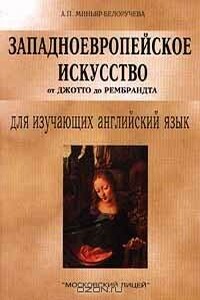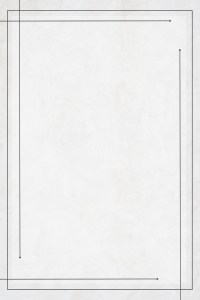Западноевропейское искусство от Джотто до Рембрандта. Для изучающих английский язык | страница 11
In the long bas-relief-like painting the Introduction of the Cult of Cybele into Rome Mantegna reveals his sculptural tendencies and grave attitude to classical antiquity. His figures take on the rigidity of stone. The Madonna and Child with Magdalen and S. John the Baptist Mantegna painted with a simulated marble framing. As through a window the observer meant to look at these statue-like figures whose draperies fall into heavy folds.
Late in life Mantegna painted the Dead Christ on canvas and in scurto (extreme foreshortening), intended not as a trick in this case but as a device to bring home to the observer the personal meaning for him of Christ's sacrificial death. The weeping Mary and John are likely later additions.
Mantegna was a printmaker. Seven engravings by his hand and many by his followers established a graphic art tradition in the late fifteenth century in northern Italy.
Make sure you know how to pronounce the following words:
Mantegna; Mantua; marquis, burial; martyrdom; montage; castle; Cybele
Saint James Led to Execution – «Шествие Святого Иакова на казнь»
Martyrdom of St James – «Мученичество Святого Иакова»
Burial of St. Christopher – Перемещение тела Святого Христофора»
Assumption – «Вознесение Марии»
Dead Christ – «Мертвый Христос»
Introduction of the Cult ofCybele into Rome – «Учреждение культа Кибелы в Риме»
Madonna and Child with Magdalen and S. John the Baptist – «Мадонна с Младенцем, Магдалиной и Святым Иоанном Крестителем»
Crucifixion – «Распятие»
I. Read the text. Mark the following statements true or false.
1. In 1454 Mantegna alone began a series of frescoes.
2. In 1944 all Mantegna's frescoes were destroyed.
3. Mantegna initiated illusionistic ceiling paintings.
4. A simulated marble framing is Masaccio's innovation.
5. The Crucifixion is a long bas-relief-like picture.
6. Mantegna painted the Dead Christ on panel.
II. How well have you read? Can you answer the questions?
1. Where did Mantegna paint a series of frescoes in 1454? What frescoes survived? What does the photo-montage show?
2. What is represented in Assumptions?
3. What is a triumph of Renaissance spatial construction? What do the figures in this painting recall? Where did Mantegna place the observer? What effect did he achieve by this device?
4. What frescoes did Mantegna finish in 1474? What is depicted there? What was Mantegna's prank? What does it picture?
5. What did Mantegna introduce in the




